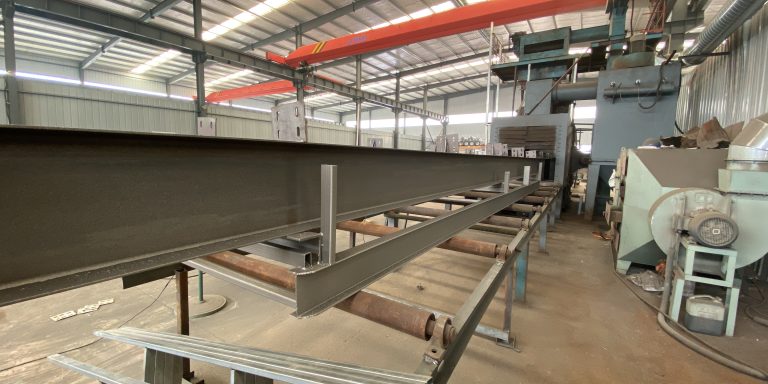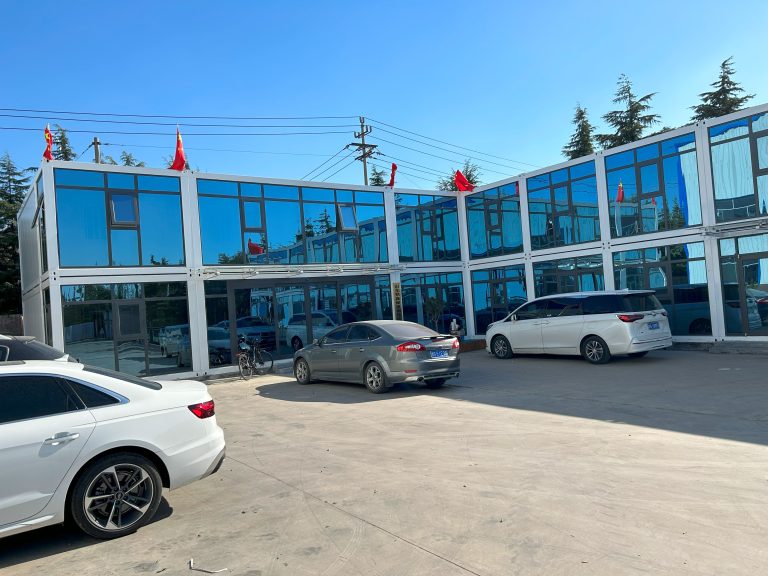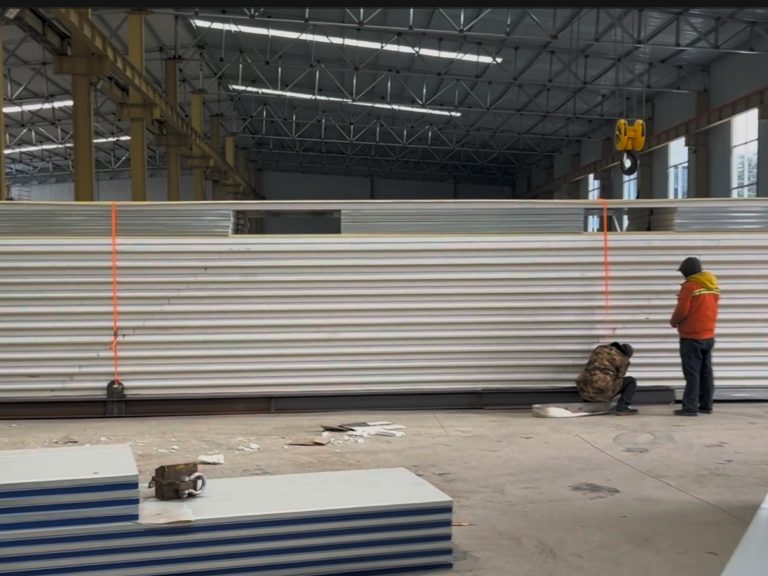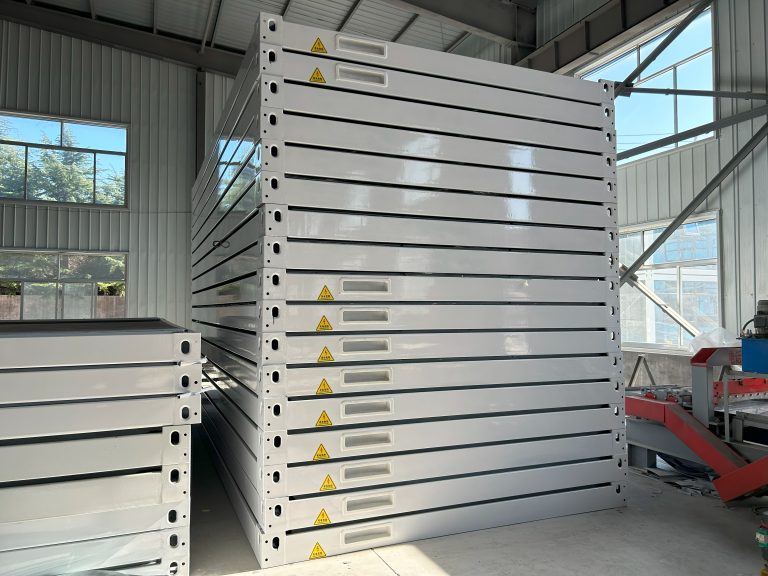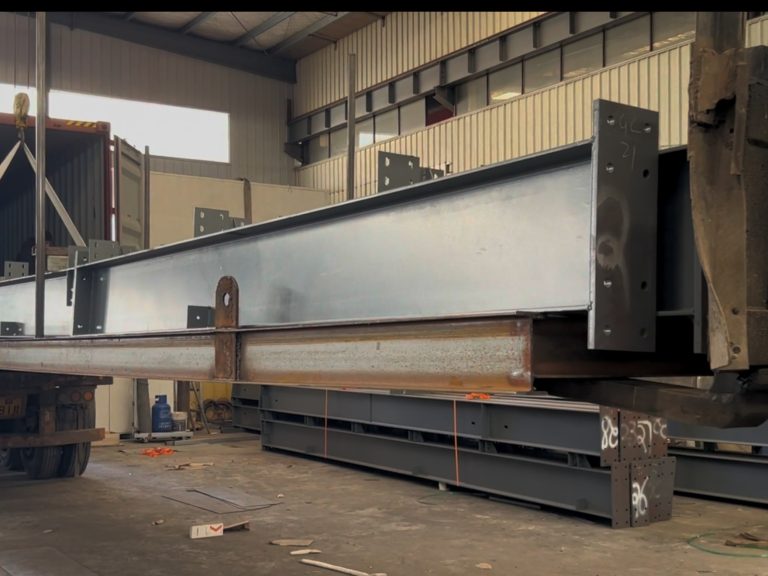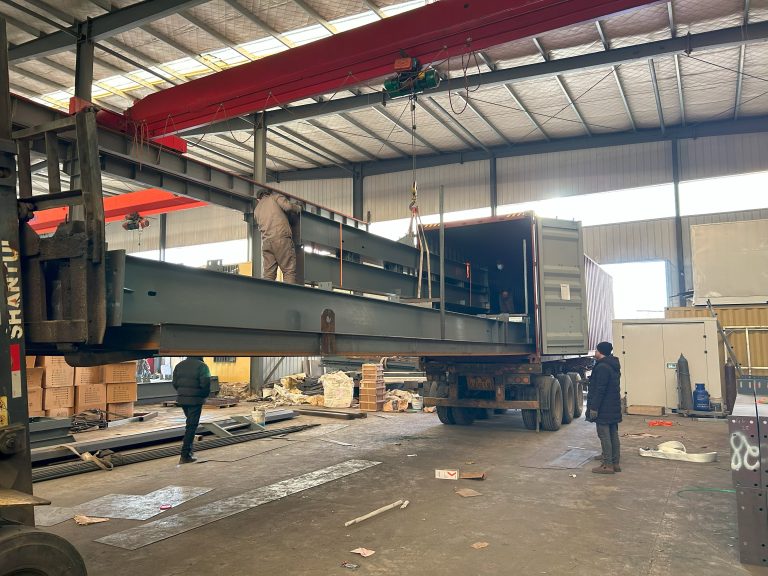Innovative technology of steel structure in bridge engineering.
Inhoudsopgave
Advantages of Using High-Strength Steel in Bridge Construction
Steel has long been a popular material for bridge construction due to its strength, durability, and versatility. In recent years, advancements in technology have allowed for the use of high-strength steel in bridge engineering, leading to even more innovative and efficient bridge designs. This article will explore the advantages of using high-strength steel in bridge construction and how it has revolutionized the field of bridge engineering.
One of the main advantages of using high-strength steel in bridge construction is its superior strength-to-weight ratio. High-strength steel can withstand higher loads and stresses than traditional steel, allowing for lighter and more slender bridge designs. This not only reduces the overall weight of the bridge but also allows for longer spans and fewer support structures, resulting in cost savings and a more aesthetically pleasing bridge.
Another advantage of high-strength steel is its improved resistance to corrosion. Corrosion is a major concern in bridge construction, especially in areas with high levels of moisture or salt exposure. High-strength steel is more resistant to corrosion than traditional steel, leading to longer service life and reduced maintenance costs. This is particularly important for bridges located in coastal or industrial areas where corrosion can be a significant issue.
In addition to its strength and corrosion resistance, high-strength steel also offers improved ductility and toughness. Ductility refers to the ability of a material to deform without breaking, while toughness is the ability to absorb energy before fracturing. High-strength steel has higher levels of both ductility and toughness compared to traditional steel, making it more resilient to extreme loading conditions such as earthquakes or vehicle collisions. This can improve the overall safety and reliability of the bridge, providing peace of mind for both engineers and the public.
Furthermore, the use of high-strength steel in bridge construction can lead to faster construction times and reduced disruption to traffic. The lighter weight of high-strength steel components allows for easier handling and installation, speeding up the construction process. Additionally, the longer spans made possible by high-strength steel can reduce the number of support structures needed, minimizing the impact on surrounding areas and traffic flow during construction. This can be particularly beneficial for urban areas where minimizing disruption is crucial.
Overall, the use of high-strength steel in bridge construction offers numerous advantages, including superior strength-to-weight ratio, improved corrosion resistance, enhanced ductility and toughness, and faster construction times. These benefits have revolutionized the field of bridge engineering, allowing for more innovative and efficient bridge designs that are both cost-effective and sustainable. As technology continues to advance, we can expect to see even more exciting developments in the use of high-strength steel in bridge construction, further pushing the boundaries of what is possible in bridge engineering.
Impact of Advanced Computer Modeling on Designing Steel Structures for Bridges
Steel structures have long been a popular choice in bridge engineering due to their strength, durability, and versatility. With advancements in technology, the design and construction of steel bridges have become more efficient and cost-effective. One of the key innovations that have revolutionized the field of bridge engineering is the use of advanced computer modeling.
Computer modeling allows engineers to simulate the behavior of steel structures under various conditions, such as different loads and environmental factors. This enables them to optimize the design of the bridge for maximum efficiency and safety. By using computer modeling, engineers can quickly test different design options and make informed decisions about the best approach to take.
One of the main advantages of computer modeling is its ability to predict the performance of a steel structure before it is actually built. This allows engineers to identify potential issues and make necessary adjustments to the design before construction begins. By doing so, they can avoid costly mistakes and ensure that the bridge meets all safety and performance requirements.
In addition to predicting the performance of a steel structure, computer modeling also allows engineers to optimize the use of materials. By analyzing the stress and strain distribution within the structure, engineers can determine the most efficient way to distribute the load and minimize the amount of steel needed. This not only reduces the cost of construction but also makes the bridge more sustainable by reducing its environmental impact.

Furthermore, computer modeling enables engineers to explore innovative design concepts that were previously not possible. By simulating the behavior of complex geometries and unconventional materials, engineers can push the boundaries of traditional bridge design and create structures that are both functional and aesthetically pleasing. This has led to the development of iconic bridges around the world that showcase the potential of steel structures in bridge engineering.
Another benefit of computer modeling is its ability to facilitate collaboration among different disciplines. Engineers, architects, and contractors can all work together in a virtual environment to coordinate their efforts and ensure that the design meets all requirements. This collaborative approach helps to streamline the design process and reduce the likelihood of errors or conflicts during construction.
Overall, the impact of advanced computer modeling on designing steel structures for bridges cannot be overstated. It has revolutionized the field of bridge engineering by enabling engineers to predict the performance of a structure, optimize the use of materials, explore innovative design concepts, and facilitate collaboration among different disciplines. As technology continues to advance, we can expect to see even more groundbreaking developments in the design and construction of steel bridges.

